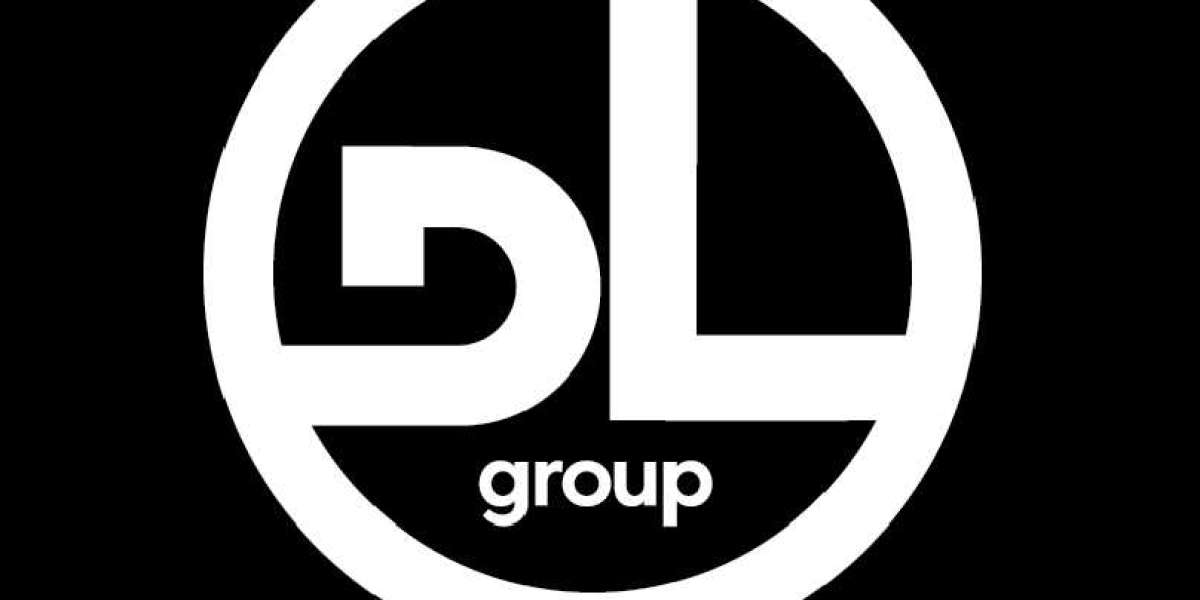Choosing the Right Sterile Vials: Key Factors to Consider
In the intricate world of pharmaceuticals, the selection of sterile vials is a critical decision that significantly impacts the integrity, safety, and efficacy of medications. The importance of this choice cannot be overstated, as sterile vials serve as the primary containment for parenteral medications, demanding meticulous consideration. This article serves as a comprehensive guide, outlining the key factors to consider when choosing the right sterile vials, from materials and design to regulatory compliance and sustainability.
- Materials Matter: Understanding the Options:
The selection of materials for sterile vials is the foundation of their performance. Traditional materials include borosilicate glass and various plastics, each with its unique attributes. Borosilicate glass is known for its clarity, chemical resistance, and compatibility with a wide range of pharmaceutical formulations. Plastics, such as polyethylene and polypropylene, offer advantages like lightweight construction and durability. However, advancements in materials science have expanded the options to include bio-based plastics and recycled glass, aligning with sustainability goals.
- Compatibility with Pharmaceutical Formulations:
The compatibility of sterile vials with specific pharmaceutical formulations is paramount. Different medications may have varying requirements concerning pH, reactivity, and stability. It is crucial to ensure that the selected vial material is inert and does not interact with the pharmaceutical contents, preserving the medication's efficacy and safety. Compatibility testing is a standard practice in pharmaceutical manufacturing to validate the suitability of vial materials for specific formulations.
- Vial Design and Configuration: Tailoring to Requirements:
The design and configuration of sterile vials play a pivotal role in ensuring ease of use, safety, and the preservation of sterility. Key design considerations include the vial's shape, size, and closure system. The choice between single-dose and multi-dose vials depends on factors such as dosage requirements and the necessity of repeated access. Lyophilization vials, designed for freeze-drying processes, have specific features to withstand the stresses of this preservation technique. The vial's neck finish and closure system must provide an airtight seal to prevent contamination and maintain sterility.
- Cleanliness and Sterilization Processes: Ensuring Aseptic Packaging:
The aseptic nature of pharmaceuticals demands that sterile vials be manufactured and packaged in ultra-clean environments. Cleanroom facilities with controlled air quality are standard in sterile vial production. The vials undergo thorough cleaning and sterilization processes to eliminate any contaminants. The choice between terminal sterilization (e.g., autoclaving) and aseptic processing depends on the vial material and the specific requirements of the pharmaceutical formulation.
- Packaging Considerations: Protecting Medications from External Factors:
The packaging surrounding sterile vials is a critical component in safeguarding medications from external threats. Light exposure, temperature variations, and physical damage during transportation are potential risks that must be mitigated. Opaque materials, protective coatings, and packaging designs that reduce heat transfer contribute to maintaining the stability of light-sensitive medications. Additionally, the packaging must be designed to facilitate easy handling and minimize the risk of breakage or damage during transit.
- Regulatory Compliance: Navigating Standards and Guidelines:
Pharmaceutical manufacturing operates within a highly regulated environment governed by standards and guidelines set by regulatory authorities. Compliance with Good Manufacturing Practices (GMP), as well as specific guidelines from agencies like the U.S. Food and Drug Administration (FDA) and the European Medicines Agency (EMA), is non-negotiable. Choosing sterile vials that adhere to these standards is essential to ensure the safety, quality, and efficacy of pharmaceutical products.
- Stability Testing: Ensuring Long-Term Medication Efficacy:
Stability testing is a crucial aspect of pharmaceutical manufacturing and directly impacts the choice of sterile vials. These tests assess how pharmaceutical formulations respond to various environmental conditions over time, including temperature, humidity, and light exposure. The data obtained from stability testing inform manufacturers about the appropriate storage conditions and expiration dates for their products, guiding the selection of vials that preserve medication efficacy throughout their shelf life.
- Ease of Use and Patient Compliance: User-Friendly Design:
The user-friendliness of sterile vials is a consideration that extends beyond the manufacturing process. Healthcare professionals and patients must be able to handle and administer medications easily and accurately. Factors such as the vial's size, shape, and closure mechanism contribute to ease of use. Single-dose vials, for instance, eliminate concerns about multiple accesses, reducing the risk of contamination and ensuring accurate dosage administration.
- Sustainability: Embracing Eco-Friendly Alternatives:
The global shift towards sustainability has prompted the pharmaceutical industry to explore eco-friendly alternatives in sterile vial production. Bio-based plastics derived from renewable resources and recycled glass offer environmentally conscious options. Sustainable sterile vials contribute to the industry's commitment to reducing its environmental footprint, aligning with broader sustainability goals.
- Cost Considerations: Balancing Quality and Affordability:
While considerations such as materials, design, and compliance are paramount, cost remains a significant factor in the selection of sterile vials. Striking the right balance between quality and affordability is crucial for pharmaceutical manufacturers. The costs associated with vial materials, manufacturing processes, and regulatory compliance must be weighed against the benefits of ensuring medication safety, integrity, and efficacy.
- Innovation in Sterile Vial Technology: Embracing Advancements:
The field of sterile vial technology is marked by continuous innovation. Advancements range from ready-to-use sterile vials that eliminate pre-use washing and sterilization steps to novel materials and manufacturing techniques. The industry's embrace of innovation ensures that sterile vial technology evolves to meet the ever-changing needs of pharmaceutical manufacturing, incorporating efficiency gains, sustainability improvements, and enhanced performance.
- Risk Mitigation: Addressing Potential Challenges:
Identifying and mitigating potential challenges in sterile vial selection is essential for risk management in pharmaceutical manufacturing. Issues such as delamination of glass vials, compatibility concerns between medications and packaging materials, and the risk of particulate contamination require careful consideration. Manufacturers must implement robust quality control measures and work collaboratively with suppliers to address and mitigate these challenges.
- Supplier Relationship: Collaboration for Success:
The relationship between pharmaceutical manufacturers and vial suppliers is a critical factor in ensuring the success of sterile vial selection. A collaborative partnership facilitates effective communication, quality assurance, and the exchange of expertise. Suppliers that are proactive in addressing industry challenges, staying abreast of regulatory changes, and offering innovative solutions contribute significantly to the success of pharmaceutical manufacturing processes.
- Customization: Tailoring Vials to Unique Requirements:
Pharmaceutical formulations are diverse, and sterile vials must be capable of accommodating the unique requirements of each medication. Customization options, such as tailored vial sizes, closure systems, and materials, enable pharmaceutical manufacturers to optimize packaging for specific formulations. This flexibility ensures that sterile vials align with the specific needs of medications, contributing to the overall success of pharmaceutical products.
- Global Considerations: Navigating International Markets:
Pharmaceutical manufacturing often involves navigating international markets, each with its regulatory standards and market demands. Choosing sterile vials that meet the requirements of various regulatory authorities ensures smooth market access and compliance. Considerations such as global supply chain logistics, cultural nuances, and regional preferences also play a role in the successful selection of sterile vials for international markets.
Conclusion:
In the dynamic landscape of pharmaceutical manufacturing, the selection of sterile vials is a nuanced process that demands careful consideration of multiple factors. From the choice of materials and design to compliance with regulatory standards, sustainability, and beyond, each aspect contributes to the overall success of pharmaceutical products. Navigating the complexities of sterile vial selection requires a holistic approach that balances quality, safety, innovation, and cost-effectiveness. As pharmaceutical manufacturers strive for excellence in medication delivery, the right choice of sterile vials emerges as a linchpin in ensuring the integrity and efficacy of life-saving medications for global healthcare.














